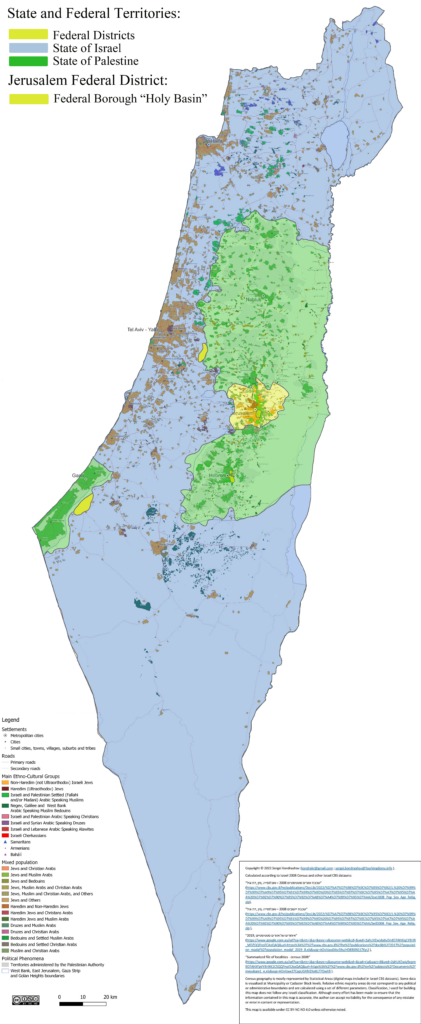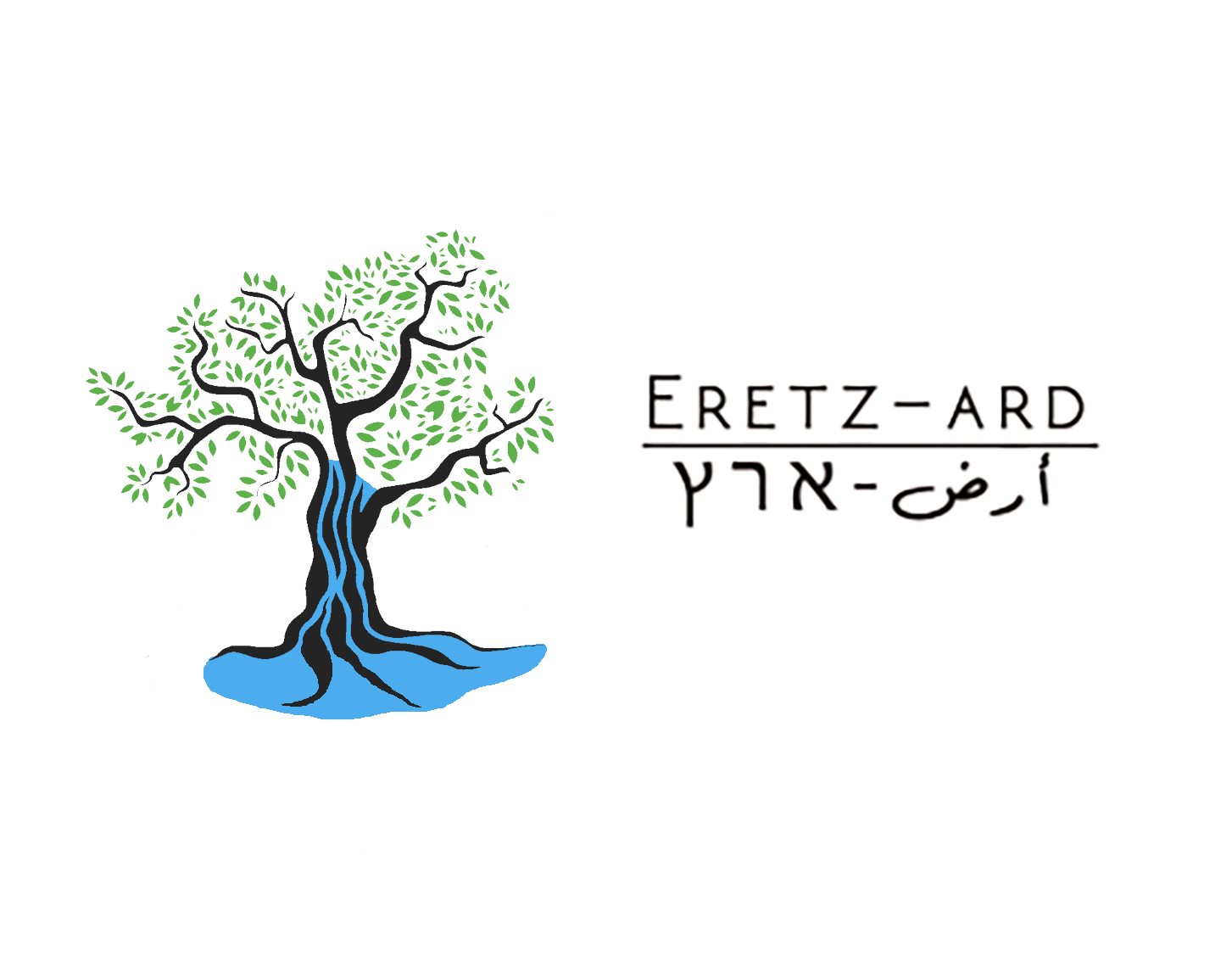What is Federalism?
Federalism is a mixed or compound mode of government that combines a general government (the central or “federal” government) with regional governments (provincial, state, cantonal, territorial, or other subunit governments) in a single political system. Its distinctive feature, first embodied in the Constitution of the United States of 1789, is a relationship of parity between the two levels of government established. It can thus be defined as a form of government in which powers are divided between two levels of government of equal status.
Examples of federations or the federal state model include the United States, India, Brazil, Malaysia, Mexico, Russia, Germany, Canada, Switzerland, Bosnia & Herzegovina, Belgium, Argentina, Nigeria, Pakistan, and Australia.
Advantages of Federalism in the Context of Israel-Palestine:
- Helps preserve cultural autonomy for the various ethnic and cultural groups existing in various regions of Israel-Palestine.
- Facilitates local control and democratic participation in the economic development of each region and fair distribution of land and resources.
- Maintains a balance of power between wealthy and heavily populated urban centers and rural less populous regions.
- Help maintain a democratic parity of representation of the main National Groups (Jewish Israelis and Palestinian Arabs) on a federal level.
- Encourages cooperation and coexistence on a local level among populations that live near each other.
- While at the same time providing a federal framework that manages countrywide necessities such as defense, economy, a stable currency, foreign policy, healthcare, and constitutional protections for all citizens.
Palestinian Arabs in Israel:
- Around 2 million Palestinian Arabs live within the internationally recognized boundaries of Israel and East Jerusalem
- 40% of the native Arabic-speaking population in Israel refer to themselves as Arab citizens of Israelis, the majority consider themselves Palestinian Arab citizens of Israel.
- Around 2 million Palestinians (46.5%) in the West Bank and Gaza are refugees or descendants of refugees from what is now Israel.
- Palestinians consider Israel to be part of Historic Palestine
Jewish Israelis in Palestine:
- Around 720,000 (10%) of Jewish Israelis live in the West Bank and East Jerusalem, internationally recognized as Palestinian territory
- Jewish people consider the West Bank to be Judea and Samaria, the cradle of Jewish/Israeli civilization with hundreds of historic, archeological, and religious sites significant to the Jewish people.
Critical for Security: The West Bank/Judea and Samaria
- Security experts consider the West Bank to be strategically critical for the defense of Israeli population centers.
- Raising Hundreds of Meters above the Tel Aviv Metropolitan region the coastal heart of modern Israel
Critical for Security: The Gaza Strip
The Gaza Strip is densely populated and close to the Tel Aviv Metropolitan region making it easy to fire missiles at the Israeli coastal heartland and difficult to fire back without significant civilian casualties
Modern Mixed Jerusalem:
- The modern Jerusalem municipality has a population of over 980,000 people, about 60% Jewish Israel and 40% Palestinian Arab.
- Hundreds of Palestinians from East Jerusalem attend Israeli Hebrew University campuses in West Jerusalem.
- Palestinians in Jerusalem account for nearly 30% of the labor force in the city.
- Sights of religious and historical significance to both Palestinians and Jews can be found throughout the city, especially in the ‘Holy Basin’ area.
- The Distribution of the population and the level of integration make dividing the city with a physical barrier unfeasible.
A Two-State based Federation:
- Two states with open borders and a shared capital city in Jerusalem.
- A State of Israel with around an 80% Jewish Population.
- A State of Palestine in the West Bank and Gaza with a 95% Palestinian Arab population.
- A shared capital city with a population near 50:50 (with adjustments to the municipal boundaries).

Map by Rafi Gassel, modified over the base map by, Sergey Kondrashov, CC BY-SA 4.0, Ethno-cultural groups of Israeli population by settlements’ built-up
areas, Link to detailed map (click here)
